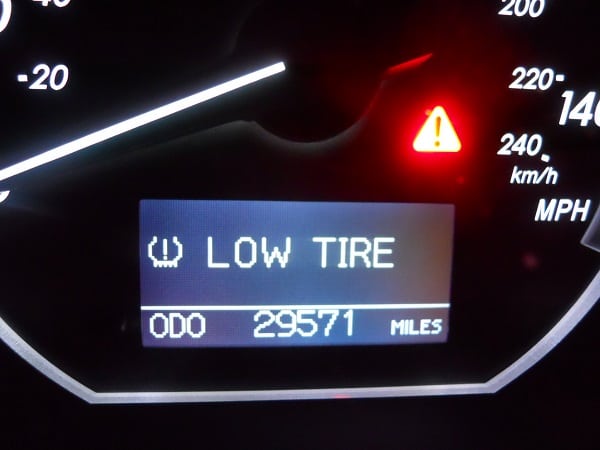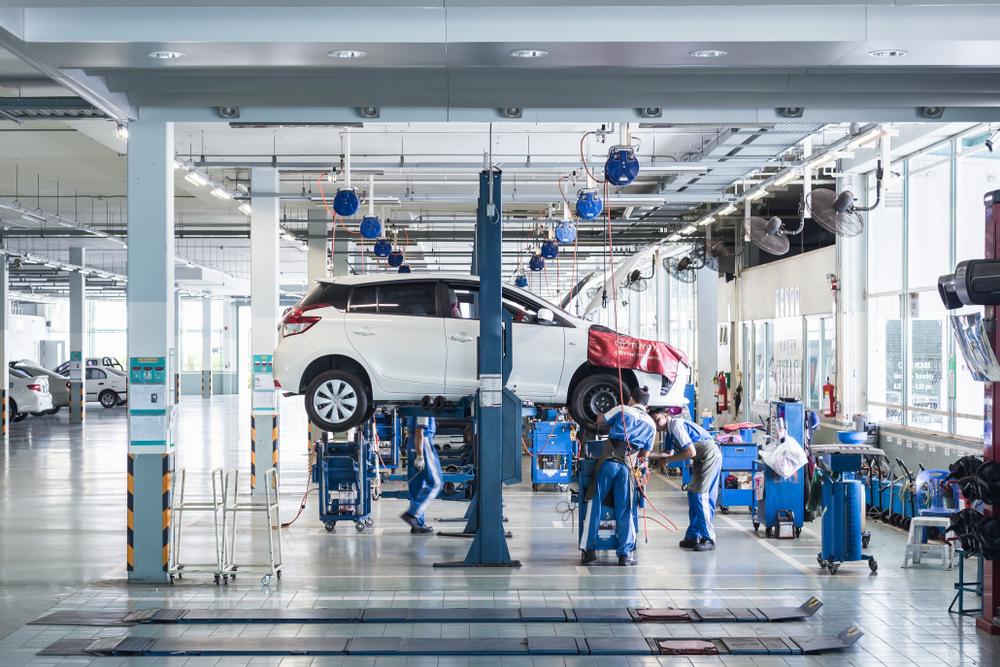 It’s that time of year again when the cool air and turning leaves (at least for those fortunate enough to live in a climate with 3-4 seasons) leads to the onslaught of holiday decorations. First the pumpkins and witches appear then inflatable yard turkeys and finally motorized wire metal reindeer and holiday lights. But there is one light no one likes to see, the low tire inflation warning light triggered by Tire Pressure Monitoring System (TPMS).
It’s that time of year again when the cool air and turning leaves (at least for those fortunate enough to live in a climate with 3-4 seasons) leads to the onslaught of holiday decorations. First the pumpkins and witches appear then inflatable yard turkeys and finally motorized wire metal reindeer and holiday lights. But there is one light no one likes to see, the low tire inflation warning light triggered by Tire Pressure Monitoring System (TPMS).
All tires slowly lose inflation pressure as air permeates through the inner liner of the tire. For this reason, most automakers and tire makers recommend checking your tire inflation monthly. However, when the outside temperature drops, the pressure in the tires also gets lower, often times drastically. Tires tend to shed about one PSI (pounds per square inch) for every ten degree drop in temperature. This means that if the tires were inflated to 32 PSI, a normal inflation pressure for most vehicles, when it was 80 degrees in the summer when the temperature drops to 20 degrees in the winter your tire pressure is now 26 PSI.
The lower air pressure often causes the dash warning lamp for the TPMS to light and a warning message stating that a low tire pressure has been detected. The TPMS system has been required on new vehicles since 2008, because of the TREAD Act, so all new vehicles sold in the US have this system and drivers will experience the warning light going off eventually. This is especially true right now when the temperatures are dropping in most parts of the country. There are two types of TPMS dash displays:
1. The actual pressure for each wheel position is shown making it easy to figure out which tire(s) caused the warning lamp to be illuminated in the driver’s dashboard.
2. Just a TPMS warning light and maybe a message stating “low tire detected”. In this case, all tires have to be checked for proper inflation pressure.
If the TPMS warning light comes on, check and adjust the tire inflation pressure to the specifications found on the driver’s door post placard. This placard lists the specification for the “cold tire inflation pressure” which means that the tires should be checked cold, not after driving some distance or having sat in a warm garage. If the vehicle has been driven, the normal flexing of the tire generates heat which increases the inflation pressure. If the tires are being checked on a vehicle that has been driven, it is best to add about 2-4 PSI to the placard pressure. This will ensure that the pressure when cold will match the specifications.
Something to be aware of which frustrates a lot of consumers, and professional automotive technicians, is the full-size spare tire on Trucks and SUVs. Full sizes spares on these types of vehicles are often also equipped with a TPMS pressure sensor. A spare tire with low pressure can trigger the low pressure warning light. Therefore, if all four tires are properly inflated and the TPMS warning lamp is on, be sure to check the spare tire.
Stay warm this winter and remember to check those tires when you see the TPMS light go on.








